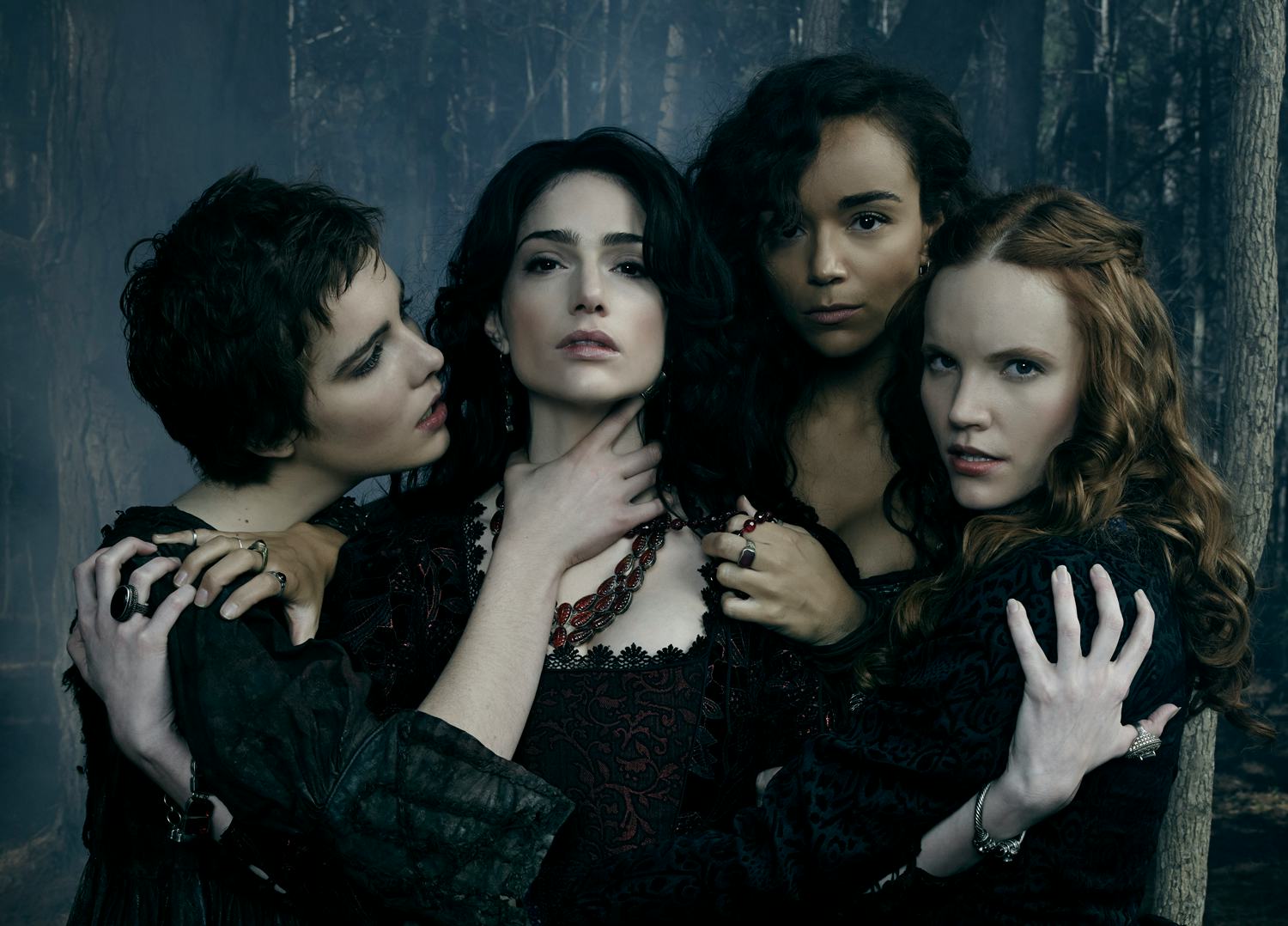and the Dark Allure of Salem
Salem, the supernatural drama series that aired from 2014 to 2017, reimagines the infamous Salem witch trials with a bold twist: the witches are real, and they’re in control. At the center of the series stands Mary Sibley, a powerful and enigmatic figure whose transformation from heartbroken lover to dominant witch queen is as compelling as it is tragic.
Portrayed by Janet Montgomery, Mary Sibley is introduced as the most influential woman in Salem, both politically and magically. When the series begins, she is married to the wealthy and dying George Sibley, a man she controls with dark magic, rendering him mute and powerless. But behind her composed and calculating façade lies a past full of pain. Years earlier, Mary was deeply in love with John Alden, a brave and principled soldier. Believing him lost in war, she turned to a coven of witches for help, setting into motion a chain of events that would seal her fate.
Mary’s journey is one of the most fascinating arcs in supernatural television. She is not simply a villain or a hero; rather, she is a complex anti-heroine torn between love, power, and morality. Her choices are frequently driven by a desire to protect those she cares about, even as she commits horrifying acts. Throughout the series, her internal conflict deepens, especially upon John Alden’s unexpected return. His presence reminds her of who she used to be and forces her to question whether redemption is possible.

One of the strengths of Salem lies in its portrayal of female power and the consequences of wielding it in a patriarchal society. Mary uses her intelligence and magical prowess to manipulate the puritanical system that seeks to subjugate women, but this power comes at a steep cost. As the leader of Salem’s witches, she must constantly balance her personal desires with the demands of a larger, darker agenda. Her interactions with other witches, particularly Tituba and the mysterious Countess Marburg, highlight the political nature of magic in this world, where alliances shift and betrayal is inevitable.
Visually, the show leans into gothic horror, with rich, moody cinematography and elaborate costumes that reinforce Mary’s status as both queen and prisoner. Her wardrobe evolves alongside her character, transitioning from modest Puritan dresses to elaborate gowns that reflect her growing confidence and detachment from human concerns.
Ultimately, Mary Sibley is a tragic figure. Despite her immense power, she remains emotionally vulnerable. Her love for John Alden, her guilt over past choices, and her yearning for freedom make her profoundly human. Her story raises important questions about sacrifice, autonomy, and what it means to truly be free.
Salem may be a fantasy series, but through Mary Sibley, it offers a sharp critique of history, gender roles, and the price of ambition. As a character, she stands out not only for her strength and complexity but also for her enduring emotional depth, making her one of the most memorable witches in modern television.
-1751708921-q80.webp)

-1751687973-q80.webp)
